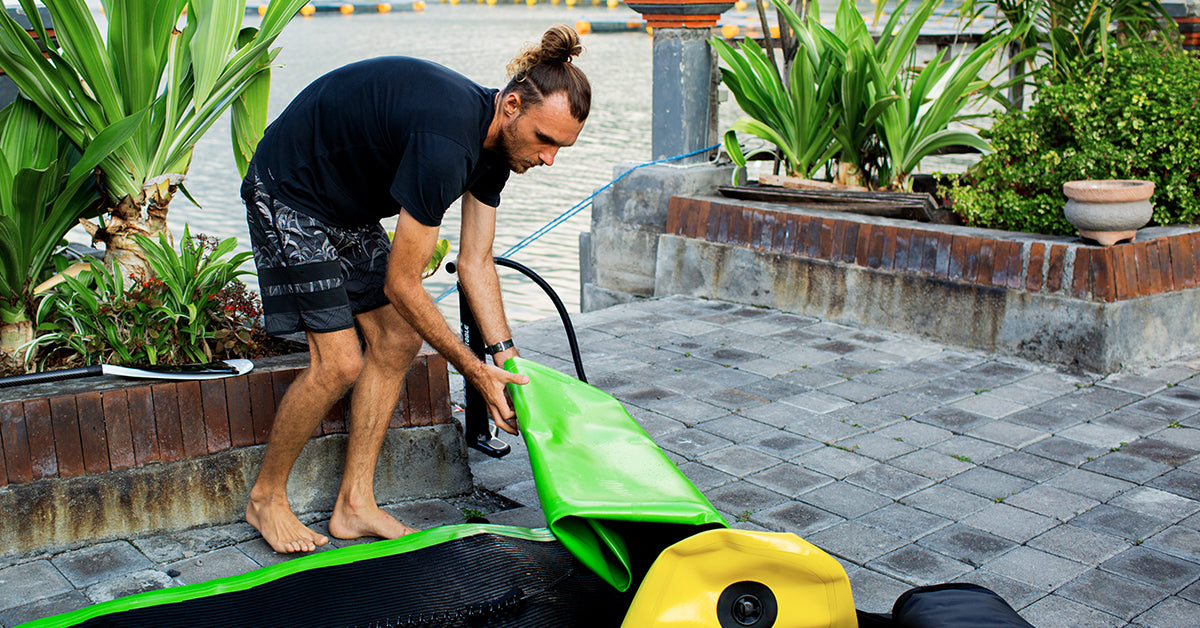
What does snowboard flex mean and how does it affect its behavior?
Before buying a snowboard , it's important to know what you're looking for. In addition to length and shape, you should also determine the flex you're looking for.
But what is board flex?
Flex in Polish can be translated as "elasticity," "hardness," or "responsiveness." However, this English word has become so well-established in snowboarding terminology that Polish equivalents are rarely used. A snowboard's flex describes how firm and resistant it is to bending. It's usually rated on a scale of 1 to 10, with 1 being very soft and 10 being very hard. However, each manufacturer uses its own scale, and a board with the same flex rating from two different manufacturers won't have identical properties, so you need to be sensitive to this.
What type of flex should I choose?
The type of flex we should choose depends on many factors. The first is our skill level, and the second is our preferred riding style.
Low flex , meaning softer boards, are recommended for beginners. Why? Because a soft board is less responsive, meaning it doesn't react as painfully accurately to even the slightest movements. While we assure you, a beginner rider will make many uncoordinated movements, a board with a low flex will forgive them and provide greater stability. Unfortunately, soft boards aren't really suitable for fast riding; they're more recommended for fun in the snow park and doing tricks.
Medium flex boards are more versatile. They'll perform well on ramps and jumps, but they also require a bit more skill. They're not suitable for complete beginners, but if you're already somewhat familiar with boards, medium flex will be perfect. Medium boards maintain good stability at higher speeds, although they're not recommended for powder. They're also great for freestyle. If you don't want to replace your equipment often and are looking for a board that will last you at least a few seasons, choose a moderate flex.
Boards with the highest flex ratings are typically purchased by very experienced riders and professionals. They are characterized by the highest responsiveness, so every rider's movement should be balanced and precise, as it is met with immediate response from the snowboard. Although they are completely ineffective in snowparks or jibbing, they are indispensable for fast riding. They are very stable and have strong edge grip. However, if you're just starting out on a snowboard, a hard board will make learning more difficult.
Each snowboard flex has its advantages and disadvantages. It's impossible to definitively determine which is better, as each flex is designed for a different riding style and has a different impact on the board's behavior. However, it's important to remember that it's not just the board's flex that influences this, as the same markings can also be found on boots and bindings, and these should also be chosen based on your riding style and skill level.


